Ten Chesapeake species with unique nicknames
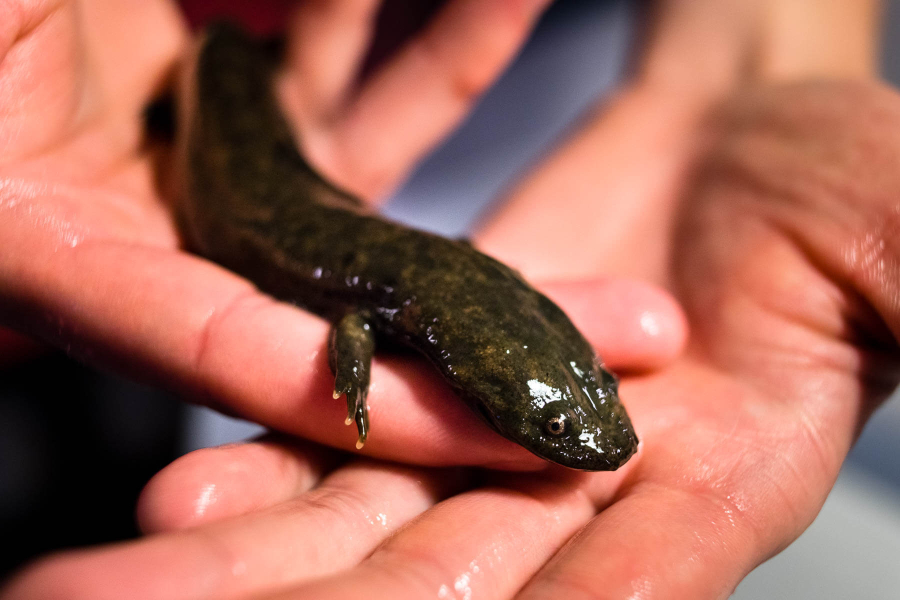
The Chesapeake region is home to a wide variety of fascinating flora and fauna—and some of those species, from hellbenders to hogchokers, also have some pretty interesting names. Learn about ten Chesapeake species with particularly creative nicknames below.
1. Hellbender (Cryptobranchus alleganiensis)
Hellbender is already a pretty unique name for this clean stream-loving salamander, but its nicknames—which include snot otter, devil dog, Allegheny alligator and lasagna lizard—take the cake. Hellbenders can be more than two feet long, making them the largest of any North American aquatic salamander. They use the loose folds on their skin to get oxygen and require clean, clear water to survive.
2. Whistlepig (Marmota monax)
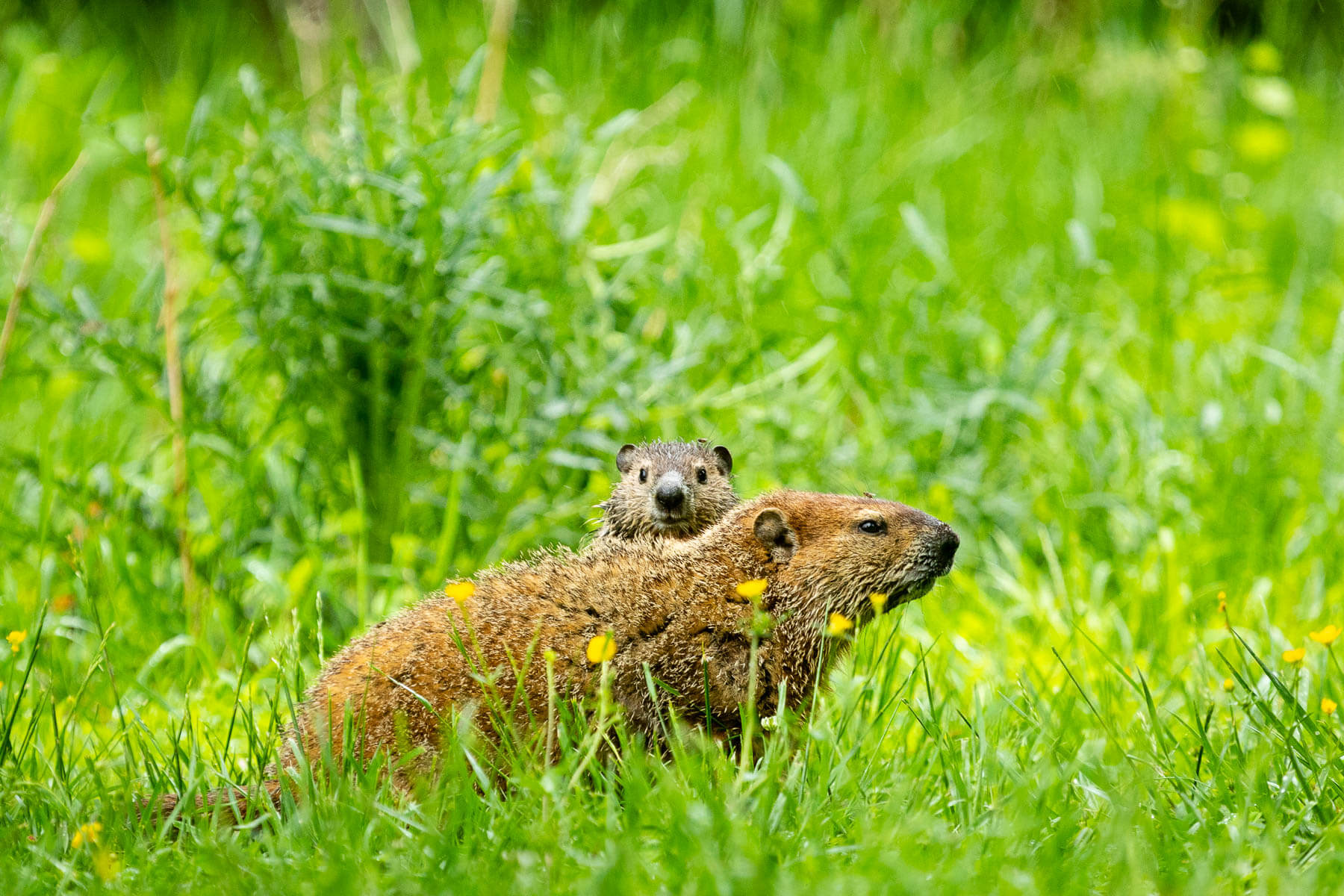
Commonly known as woodchucks or groundhogs, this stocky critter gets the nickname whistlepig from the shrill, piercing whistle that it uses when threatened. They are burrowing animals that generally have a summer and winter den. Hibernating dens are located in woody areas, while summer dens tend to be in fields or grasslands. The legend of Groundhog Day likely comes from the fact that woodchucks will often re-enter hibernation if they emerge from their dens prematurely.
3. Lumpsucker (Cyclopterus lumpus)
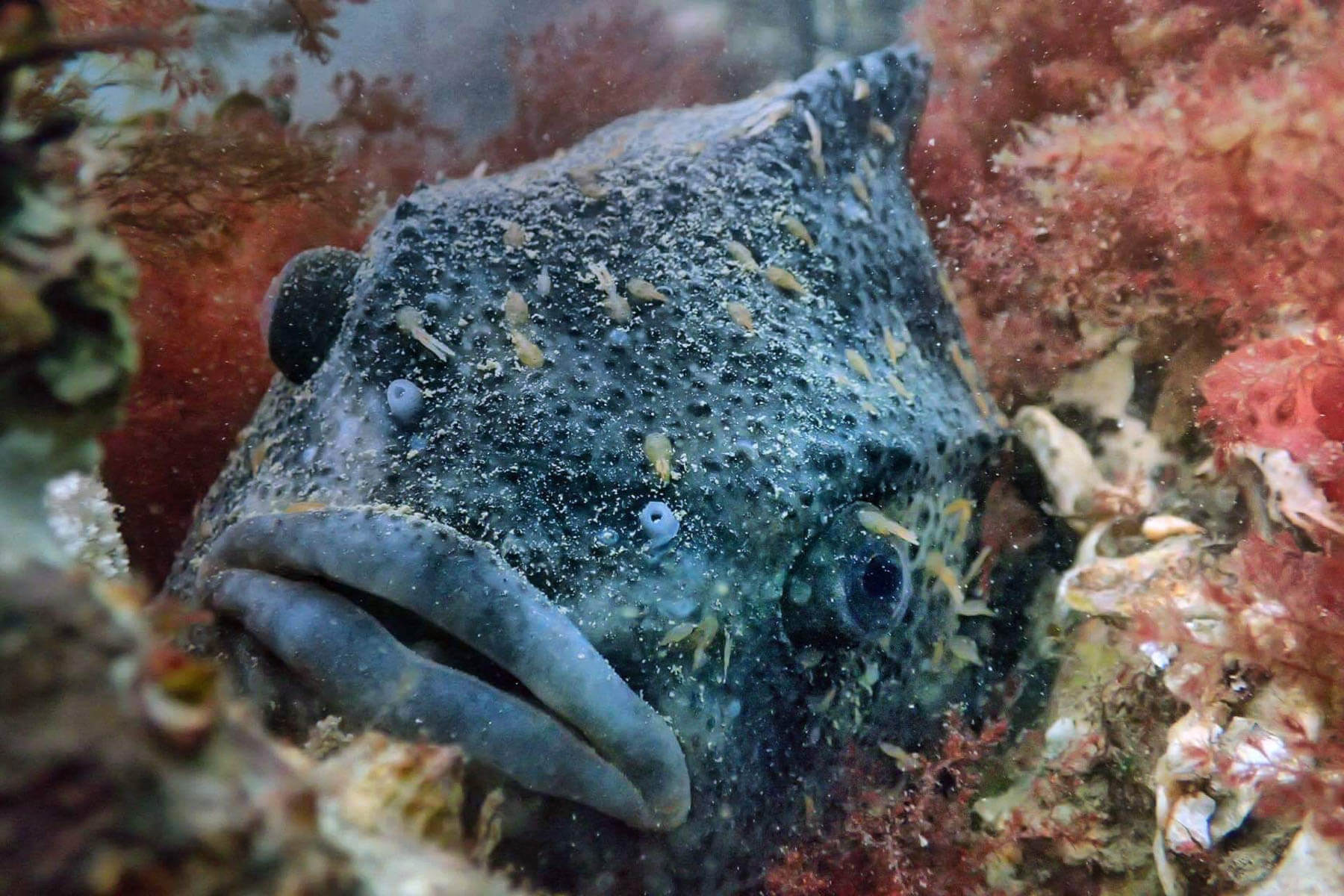
The lumpfish, also known as the lumpsucker, is a saltwater fish that occasionally travels south from its North Atlantic home to the Chesapeake Bay. They have a skin-covered fin that gives them a high crest on their backs and three rows of bony protrusions called tubercles on their sides (the “lump” part of their name). They are called “suckers” because their pelvic fins are shaped to act like suction discs, allowing the fish to attach itself to rocks and other objects.
4. Bufflehead (Bucephala albeola)
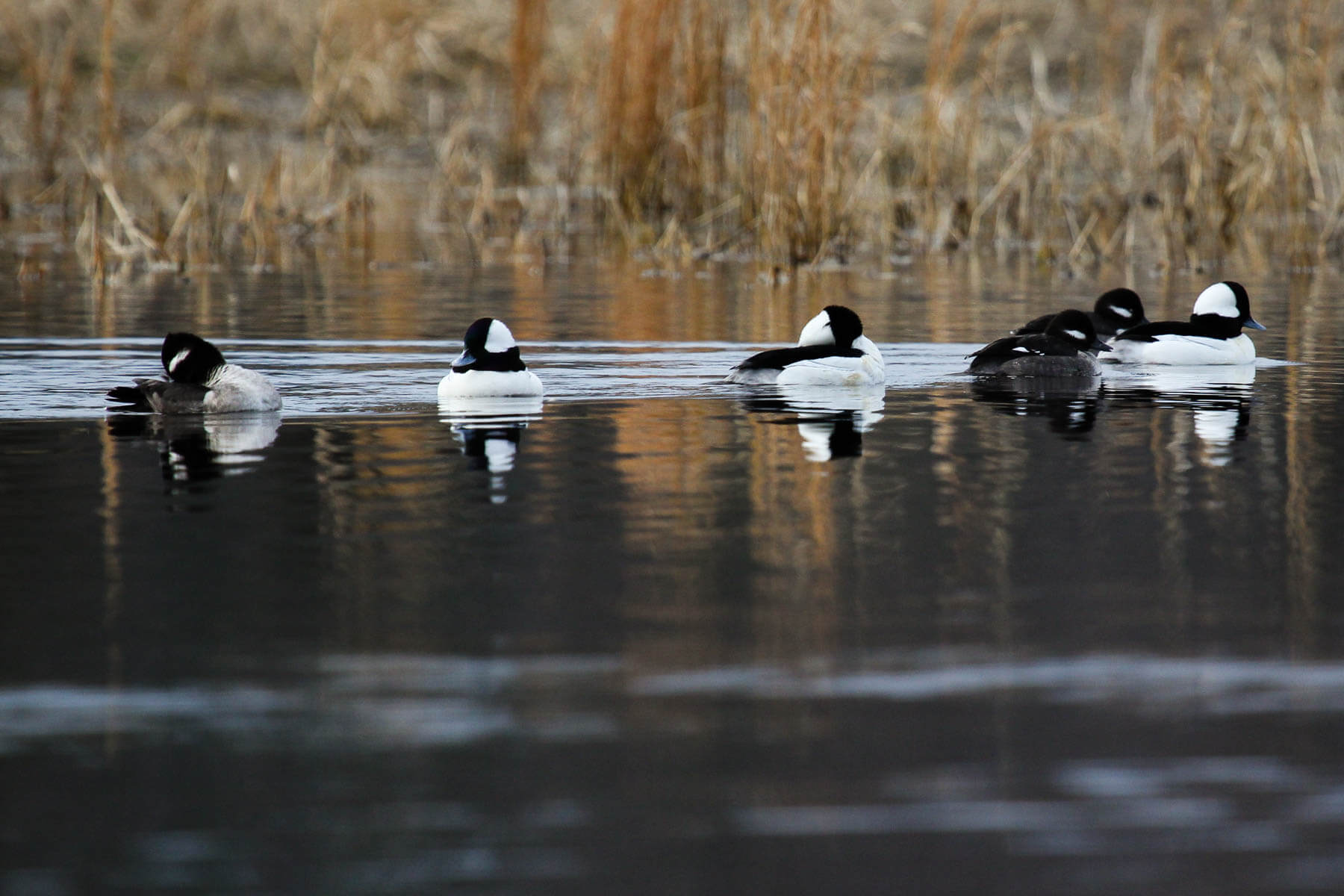
Buffleheads, also known as butterballs, are small, chunky, energetic diving ducks that visit the open waters of the Chesapeake Bay and its rivers from autumn through spring. Males have a glossy, greenish-black head with a large white patch on the back that looks like a bonnet, while the ladies are brown in color with a single white blush patch on their cheeks. Like other diving ducks, buffleheads are clumsy on land because their legs are located far back on their bodies. They are the smallest diving duck in North America.
5. Sea walnut (Mnemiopsis leidyi)
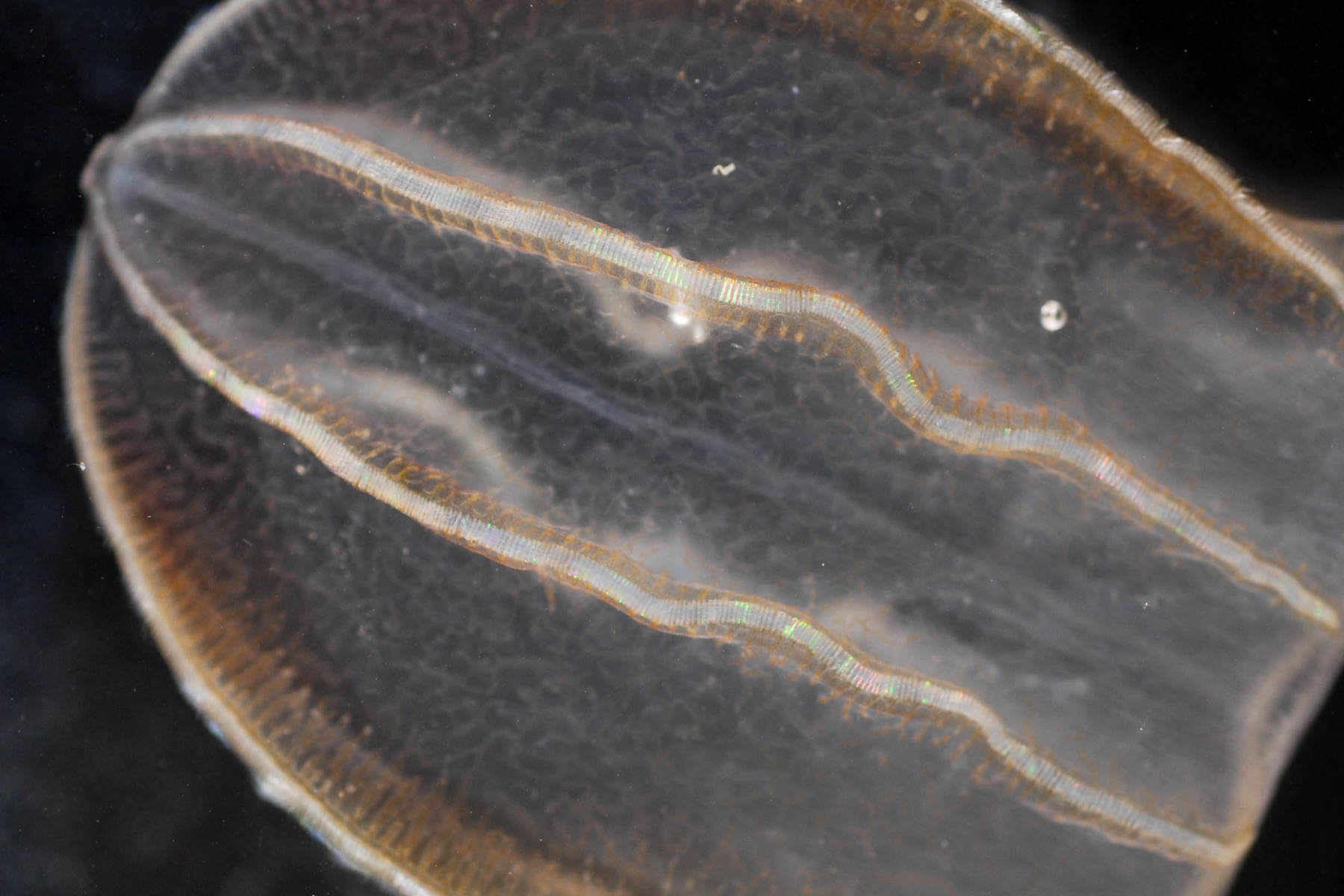
The sea walnut is one of the two species of comb jelly that can be found in the Chesapeake Bay. Comb jellies have transparent, jelly-like bodies and get their name from their bright, iridescent color bands made of tiny hairs called cilia, which resemble the teeth of a comb. Sea walnuts have a colorless, walnut-shaped body, with two of their body lobes longer than the rest. When disturbed at night, the color bands of the sea walnut glow soft green.
6. Spoonbill (Anas clypeata)
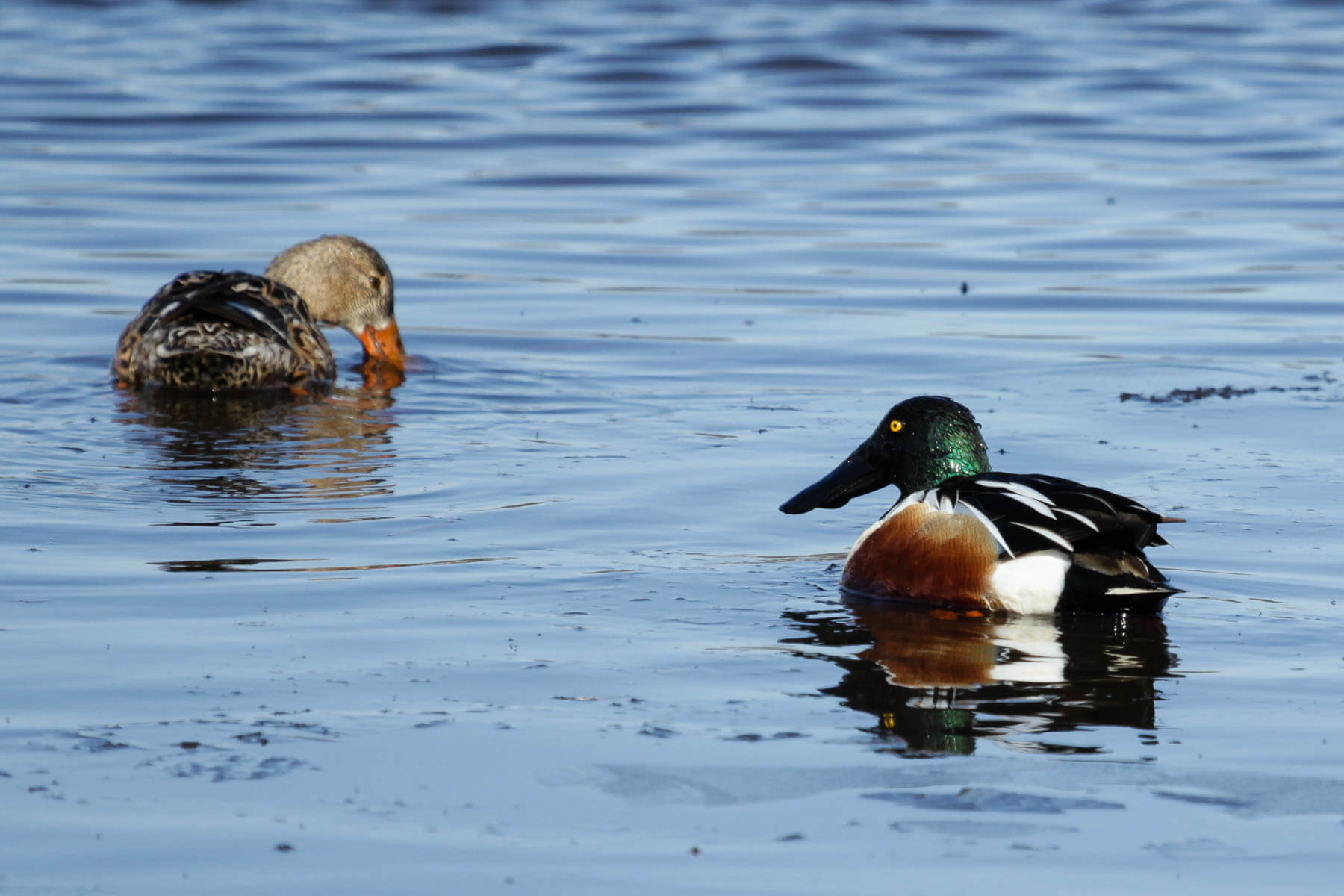
The northern shoveler, also known as the spoonbill, is a medium-sized dabbling duck with a distinctive shovel- or spoon-shaped bill it uses to separate particles of food from the water. Spoonbills forage in shallow water over mud bottoms, swimming along with their bill lowered. Before they can eat their food, they must push out the water and mud through their closed bill's filtering bristles.
7. Dutchman’s breeches (Dicentra cucullaria)
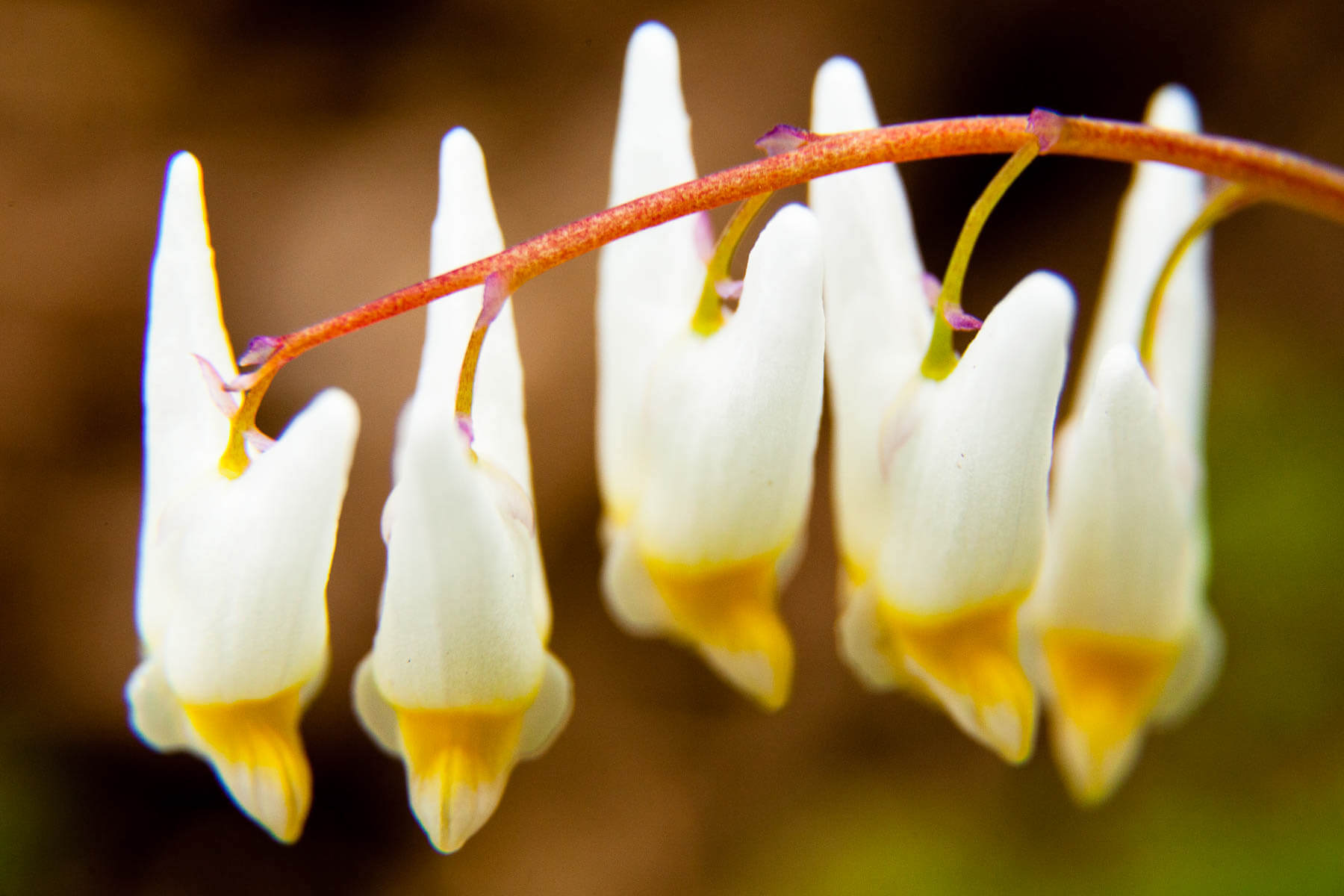
Dutchman’s breeches are native perennials with white flowers that look like tiny pantaloons. They grow to be about a foot high and can be found in woodland areas and along streams. Related to the poppy, Dutchman’s breeches contain narcotic and toxic substances. Cows that graze on the flowers will start to stumble as if drunk, giving the plant the nickname “Little Blue Staggers.”
8. Sea cow (Trichechus manatus latirostris)
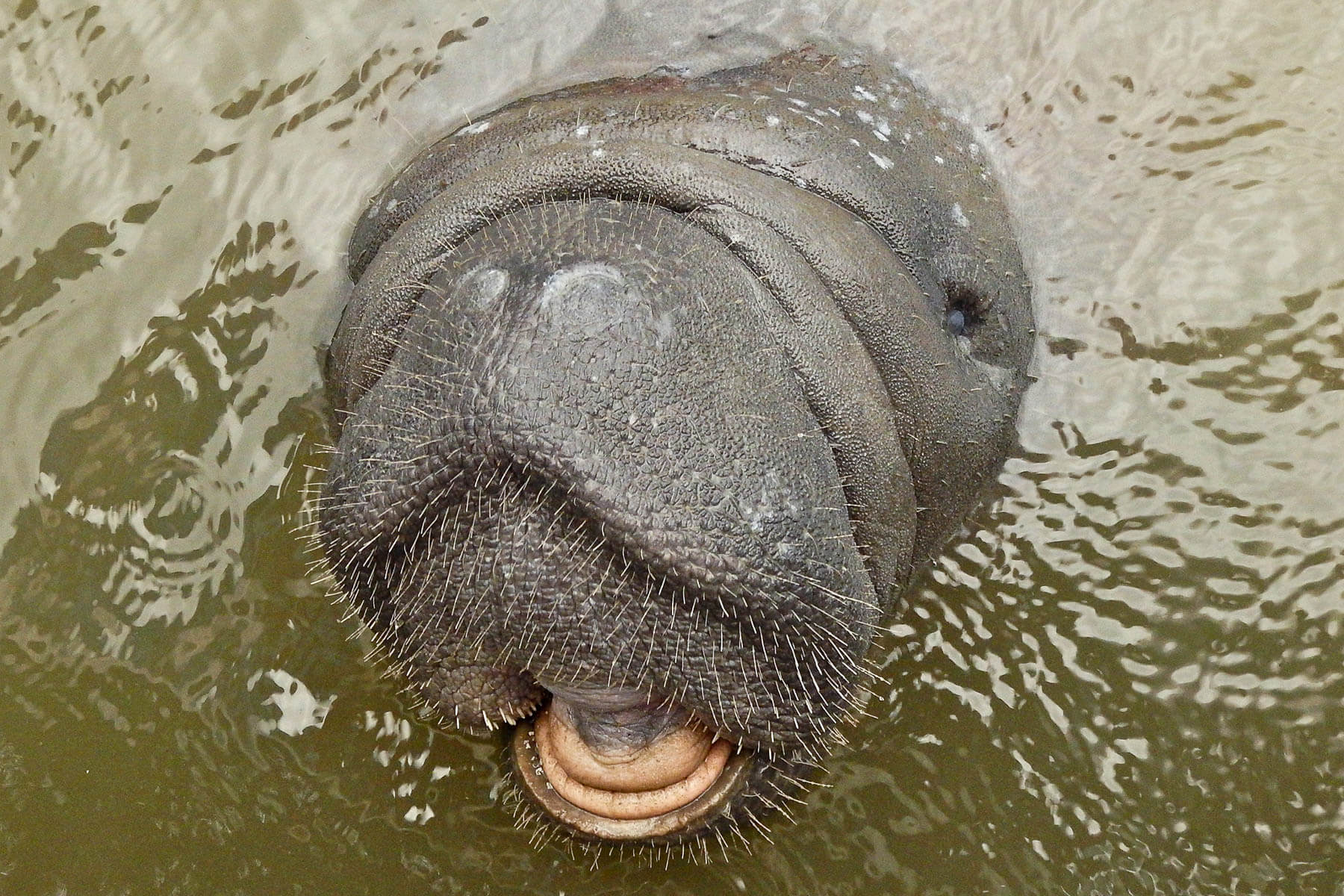
The Florida manatee, a large aquatic mammal that occasionally visits the Chesapeake Bay’s shallow waters in summer, is also known as the sea cow. Manatees move very slowly, usually swimming at about five miles per hour. They feed on bay grasses and can weigh more than 2,000 pounds. A manatee uses its specialized lips to grasp plants and pass food into its mouth, eating approximately eight to ten percent of its body weight every day.
9. Timberdoodle (Scolopax minor)
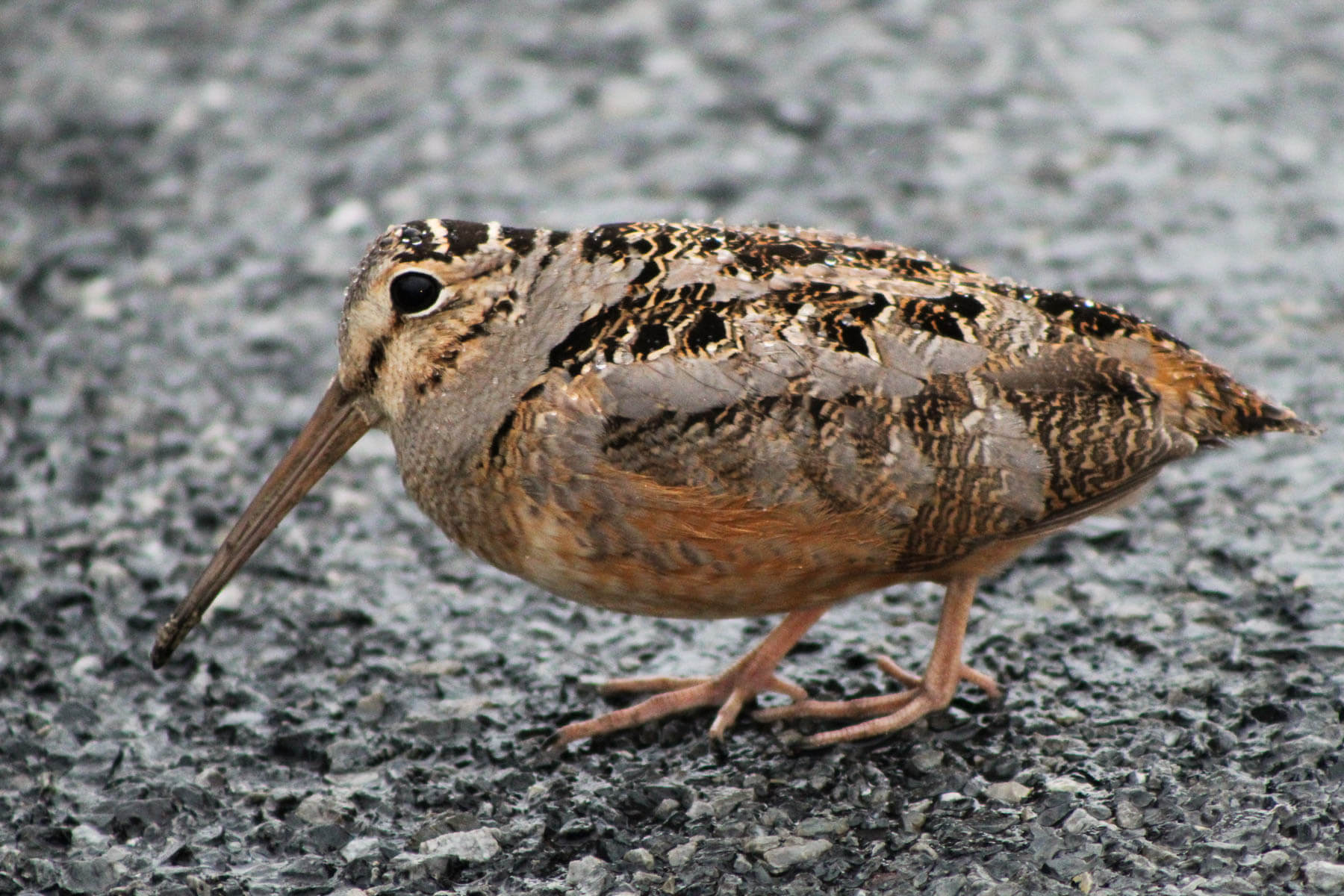
American woodcocks, also known as timberdoodles, Labrador twisters and bog suckers, are stocky shorebirds that live in forests and fields throughout the Chesapeake region. They are generally reclusive and well camouflaged, making them difficult to spot outside of mating season, when males show off at nightfall with an impressive “sky dance” full of aerial spirals and zig zags.
10. Hogchoker (Trinectes maculatus)
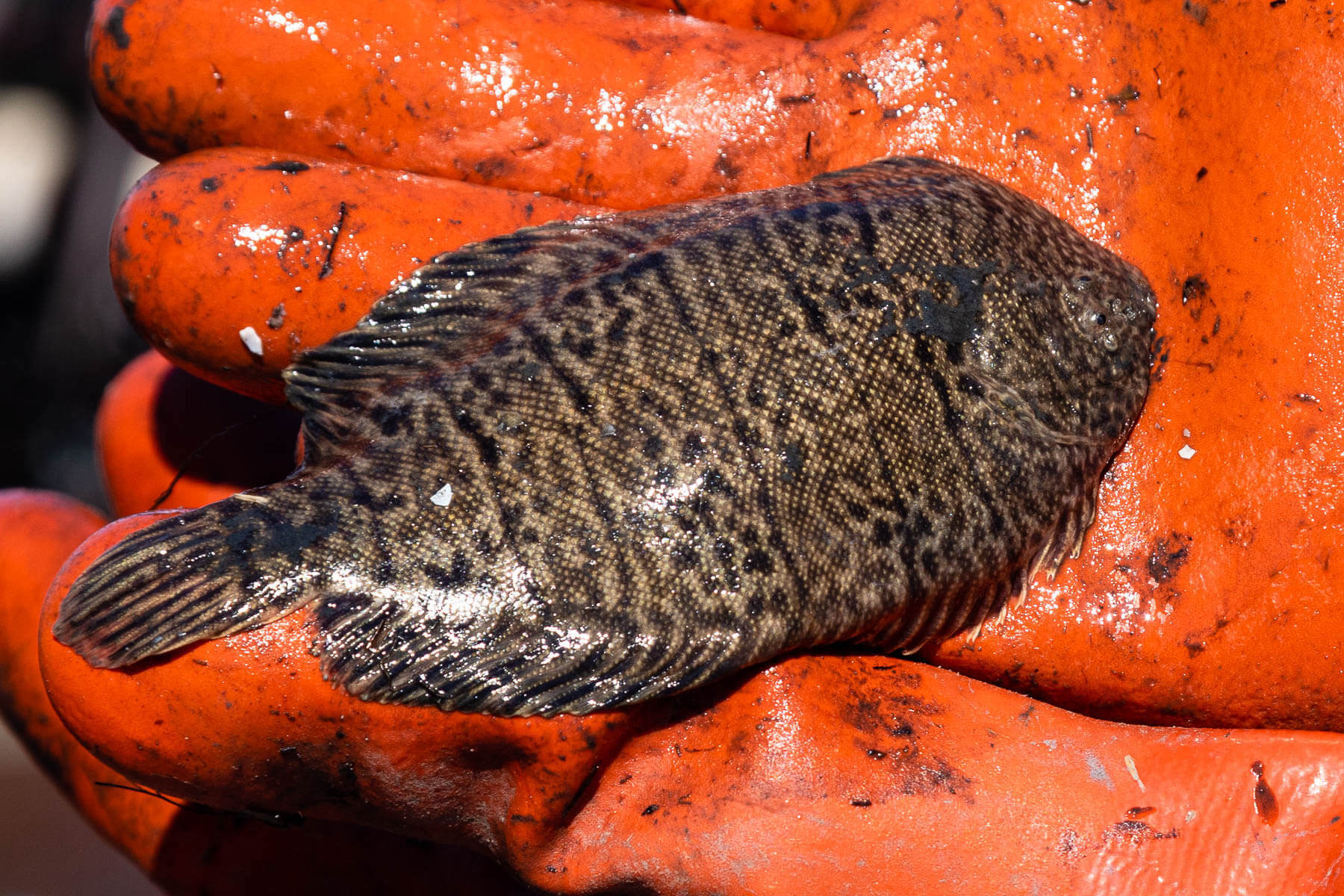
The unusually named hogchoker is a small, flat fish with a brown, rounded body. It is one of the most abundant fish in the Chesapeake Bay and can be found in the area year-round. The name comes from farmers who used to feed this fish to their hogs. The hogs would often have a hard time eating the fish’s scaly, bony body.
What’s your favorite species name? Let us know in the comments!

Comments
Awesome information, thanks. I am a children's author and write about the animals of the Chesapeake Bay. I would love to add some of this information to my blog.
Soft shell clams or manoes have been called piss clams for as long as I’ve been around, and that’s a long time
Hey, thank you for making this page. It was really fun and informative to read
Isn't nature amazing and aren't humans creative in naming fellow beings.
Thank you!
Your comment has been received. Before it can be published, the comment will be reviewed by our team to ensure it adheres with our rules of engagement.
Back to recent stories